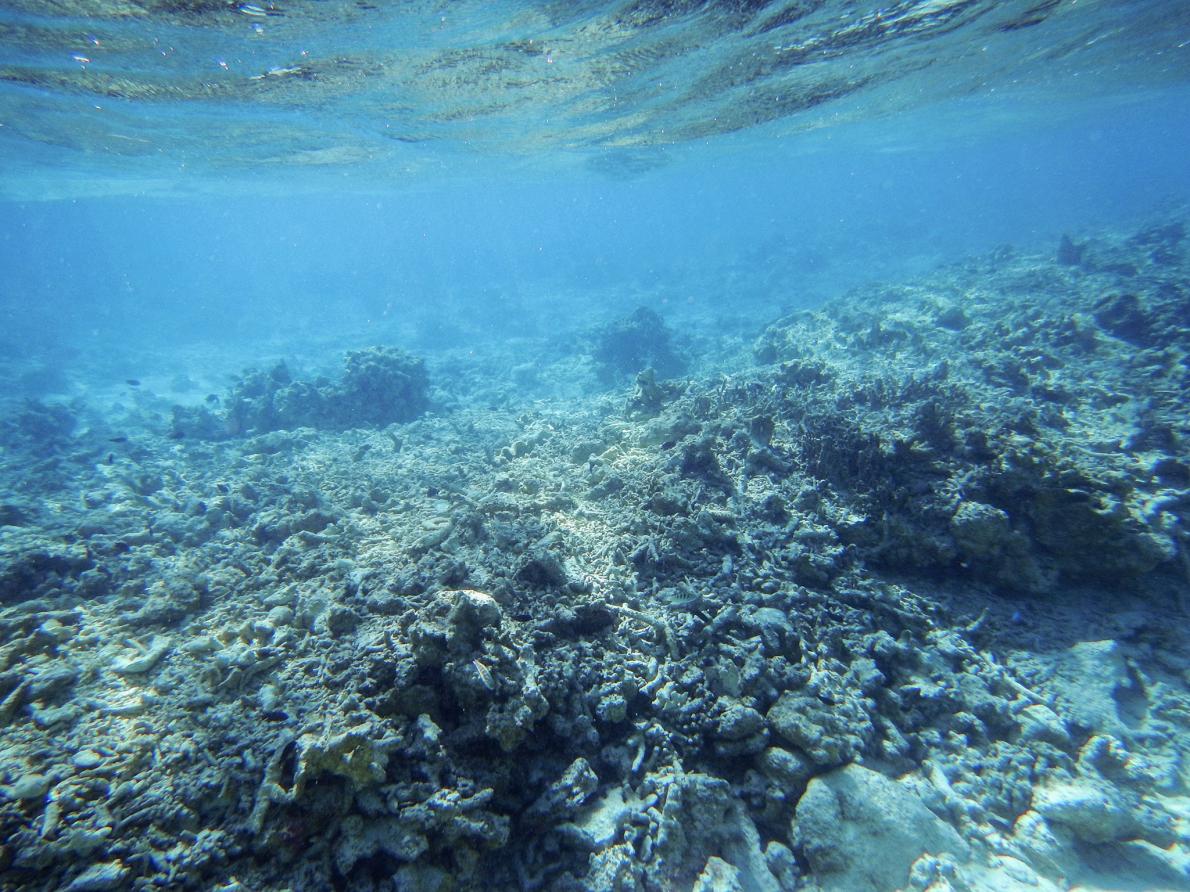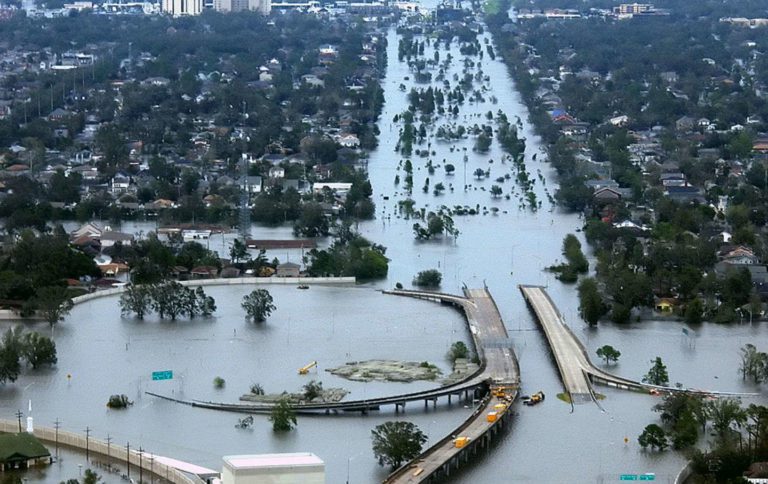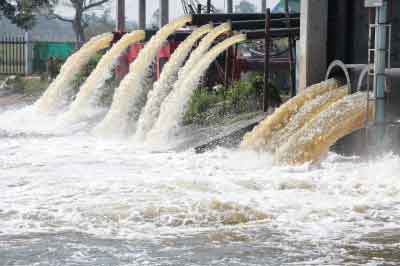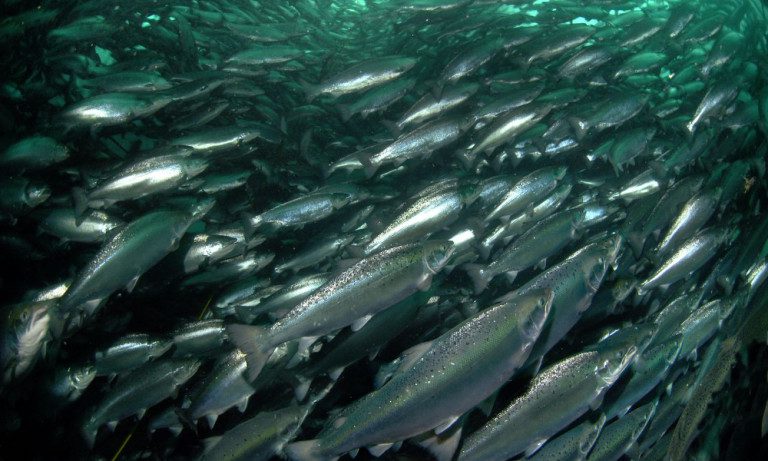By Rachael Bale PUBLISHED July 12, 2016
A new analysis of satellite imagery shows extensive coral reef damage in the South China Sea for the first time.
Cover Photograph by John McManus -Giant clam poachers left this reef left broken and barren.
More than 40 square miles (104 square kilometers) of coral reefs—some of the most biodiverse on Earth—have been destroyed by giant clam poaching in the South China Sea, according to a new analysis of satellite imagery. The poachers use boat propellers to loosen the valuable bivalves, which can weigh up to 500 pounds (227 kilograms) and are a luxury item in China. Carving up a reef leaves it barren of life. And because reefs in the region are often interconnected, the damage in one place can have repercussions elsewhere.
Another 22 square miles (58 square kilometers) of reef have been destroyed by island-building activities, largely by China to solidify its presence, according to the analyis, which was presented at the South China Sea Conference on Tuesday at the Center for Strategic and International Studies in Washington, DC. Early Tuesday morning, the Permanent Court of Arbitration in the Hague, an international tribunal, issued a long-awaited ruling in favor of the Philippines’ claim that China violated its responsibilities under the U.N. Convention on the Law of the Seas by engaging in large-scale environmental destruction to build artificial islands.
John McManus, a marine biologist at the University of Miami who did the analysis, says about 10 percent of the shallow reefs in the Spratly Islands and 8 percent in the Paracels have been damaged by poaching and island building.
The South China Sea is fiercely contested. China lays claim to almost all of it and has mapped out a boundary that extends hundreds of miles past its southernmost point into marine areas claimed variously by the Philippines, Vietnam, Malaysia, and Thailand. More than $5.3 trillion worth of international trade passes through these waters annually, making the South China Sea one of the world’s most important shipping routes. For many years the region was believed to contain significant reserves of oil and gas, but the two island chains likely have very little, according to the U.S. Energy Information Administration
Chinese poachers target giant clams in the South China Sea’s Spratly Islands. Here a diver—not a poacher—hovers nearby.

Photograph by Howard Chew, Alamy
To strengthen its claim, China has been on an island-building spree. In the past two years, Chinese workers have created more than 3,200 acres (1,300 hectares) of new land, according to Greg Poling, a South China Sea expert at the Center for Strategic Studies.
Building islands allows China to extend its military reach—all of its man-made islands have military infrastructure, plus they provide jumping-off ports for its Coast Guard, whose patrolling vessels flex Chinese muscle.
But island building is destructive to reefs, in several ways. First, a giant drill breaks up coral to produce the sediment needed to create new land. That sediment is then dumped on top of another part of the reef, which serves as the (now dead) base of the island. And as the sediment is dumped, plumes of silt and sand drift away, settling on other reefs and suffocating them. Dredging to make these new ports deep enough for ships has also caused major reef damage.
But, McManus says, the damage from island building pales by comparison to the destruction caused by the clam poachers. “To know that that much has died is such a shock,” he said. “They basically plowed up these reef flats.”
In China, the shells of giant clams are carved into art and jewelry, and their meat is snapped up as a gourmet treat and aphrodisiac, Christina Larson reported for Science in January. They used to be abundant in the South China Sea, especially right off the coast of China, but now Chinese fishermen travel hundreds of miles south to the Spratly Islands to get them. A BBC crew caught Chinese fishermen on film in December.
For several years South China Sea experts had noticed arcing scars on satellite imagery of the region, but no one was sure what they signified. This January, reporter Victor Robert Lee published in The Diplomat that the arcs were caused by Chinese fishermen dropping propellers onto the reef and swinging their boats from side to side to break up and loosen clams. The practice not only kill the reefs but also destroys the entire ecosystem.
Thirty-five reefs in the Spratly Islands and another six in the Paracel Islands have been damaged by giant clam poaching, and at least another 25 are at risk, McManus says.
“The whole thing was a big surprise,” he said about the scale of destruction. “Everything was thoroughly dead.”






